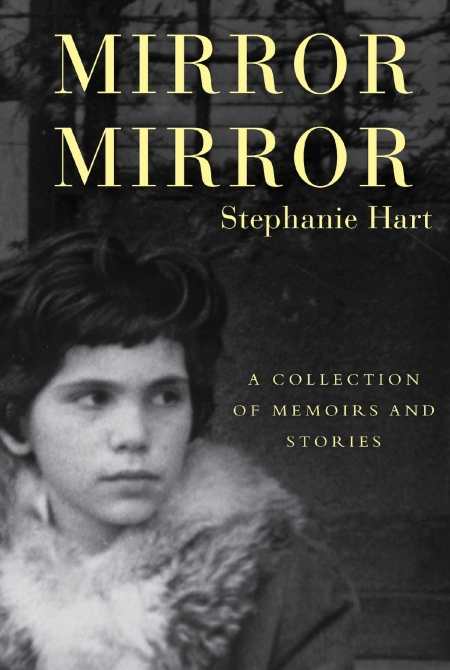


Voices in the Park by Anthony Browne is a great book to focus on point-of-view and author voice.I didn’t really want one anyway, or that it gave me more time to do homework). Have your child think of his own good/bad events! See if you can push him beyond the literal to more abstract ways of thinking (it’s good I didn’t get a part in the play because it let me learn how to be resilient vs. That’s Good! That’s Bad! By Margery Cuyler: Support the development of dual understanding and multiple perspectives to foster both cognitive and creative thinking! This is a fun story where things can be both good and bad at the same time.Witness by Karen Hesse: This intense and, at times, disturbing book offers 11 different narrators and their unique voices about the infiltration of the KKK into a small Vermont town in the early 1900’s.

Check out the fun, unexpected ending! Reread the book with your new understanding and see how it changes how you interpret the clues. But who is real and who is the imaginary mate? Ask for your child’s evidence (and inferences) along the way. Emma Kate by Patricia Polacco is the story of a friendship between an elephant and a girl.For those gifted with words, try making your own reversible verse! See if your child can find the changes in punctuation and word position that change the meaning when you read the poem’s lines in reverse. Mirror Mirror by Marilyn Singer: Beautiful illustrations and a collection of reversible verse make this book not only a fun read, but also a clever way to support thinking skills.I'm Not Hanging Noodles on Your Ears & Other Intriguing Idioms by Jag Ball: Use this book to help your child recognize how different cultures can see the world in different ways.With middle schoolers’ increased metacogntitive skills, they are able to think more consciously about how different characters’ points of view affect the way the story unfolds. Stories are told from the vantage point of the storyteller.


 0 kommentar(er)
0 kommentar(er)
